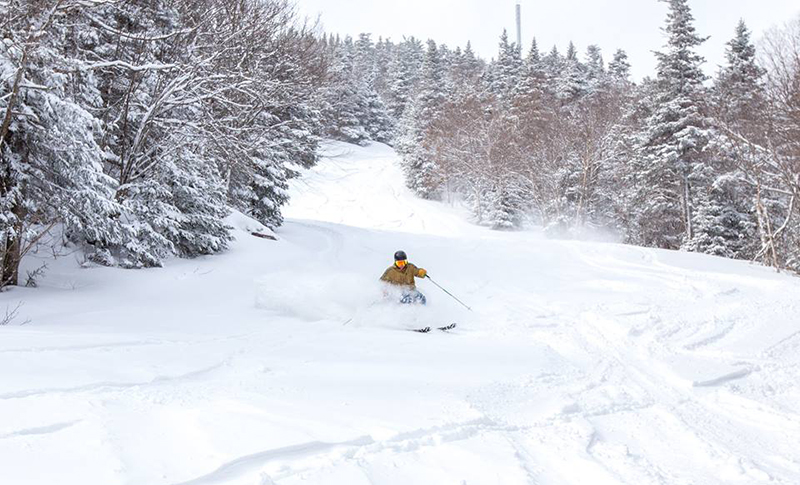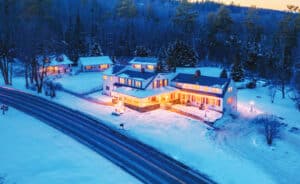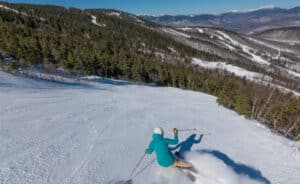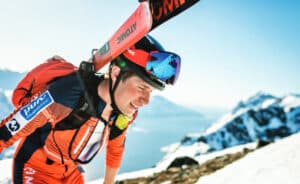
For winter lovers, the Northeast Kingdom of Vermont is about what it sounds like, a winter kingdom well on the way to Montreal. In fact, from the summit of Jay Peak — also in the Northeast Kingdom — you can see the lights of Montreal at night.
Burke Mountain Resort is less heralded than Jay but has plenty to boast about, including a 2,011-foot vertical drop, 55 runs and an annual average snowfall of 217 inches.
And if all that doesn’t get you to take a serious look, Burke is home to Burke Mountain Academy, the ski school that has sent more skiers to the Olympics than any other ski school in the East. That includes, by the way, Mikaela Shiffrin, heir apparent to Lindsey Vonn as the world’s best female skier.
Well, all those young hotshot skiers and boarders have to be skiing and riding on terrain that hones their skills, and for us recreational types, Burke is a sheer delight and quite varied for most skill levels.



